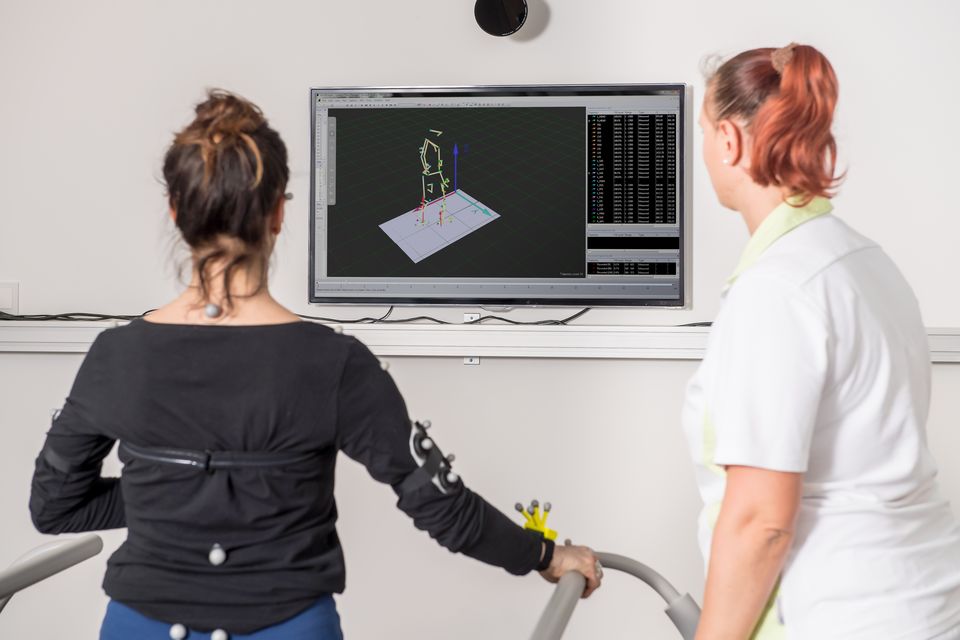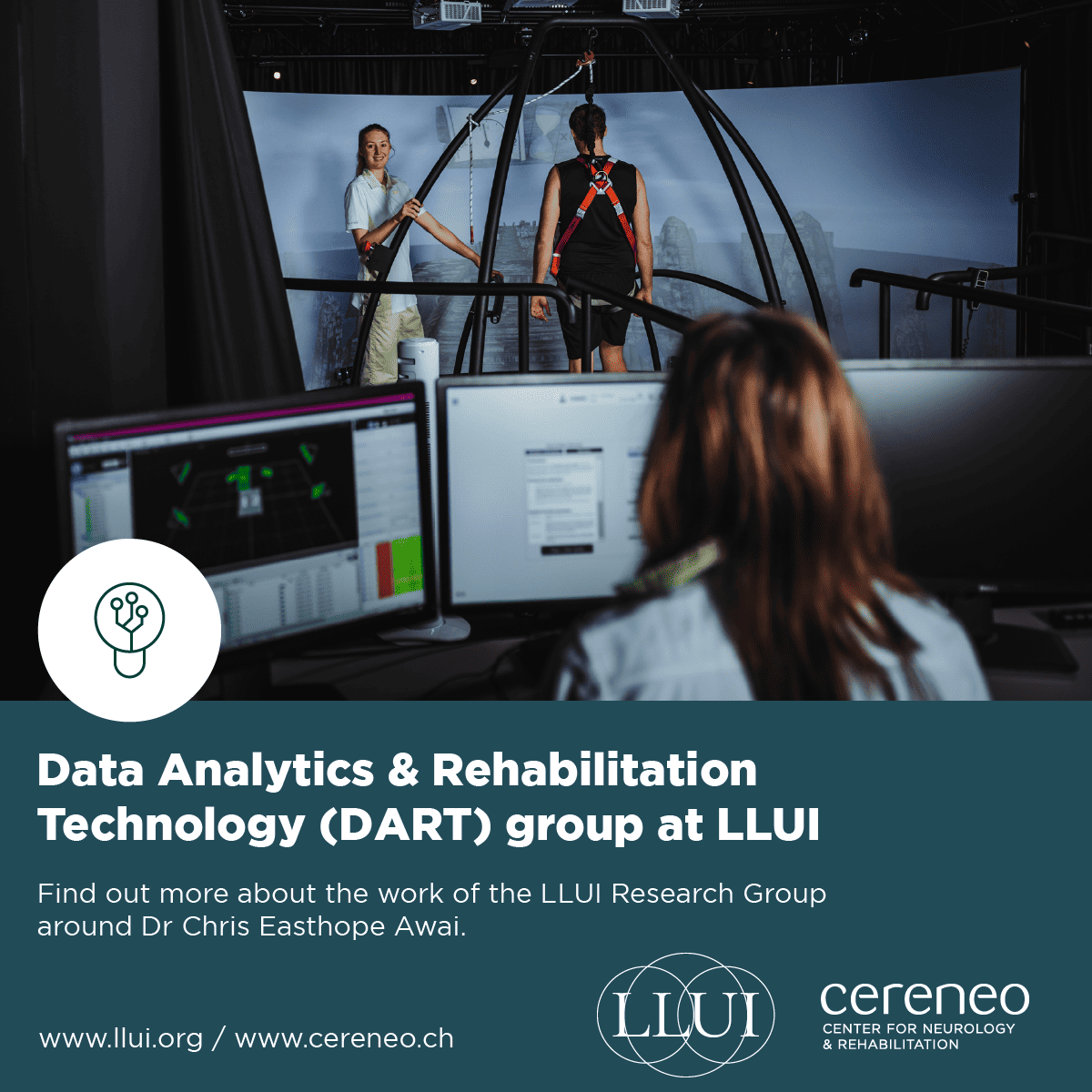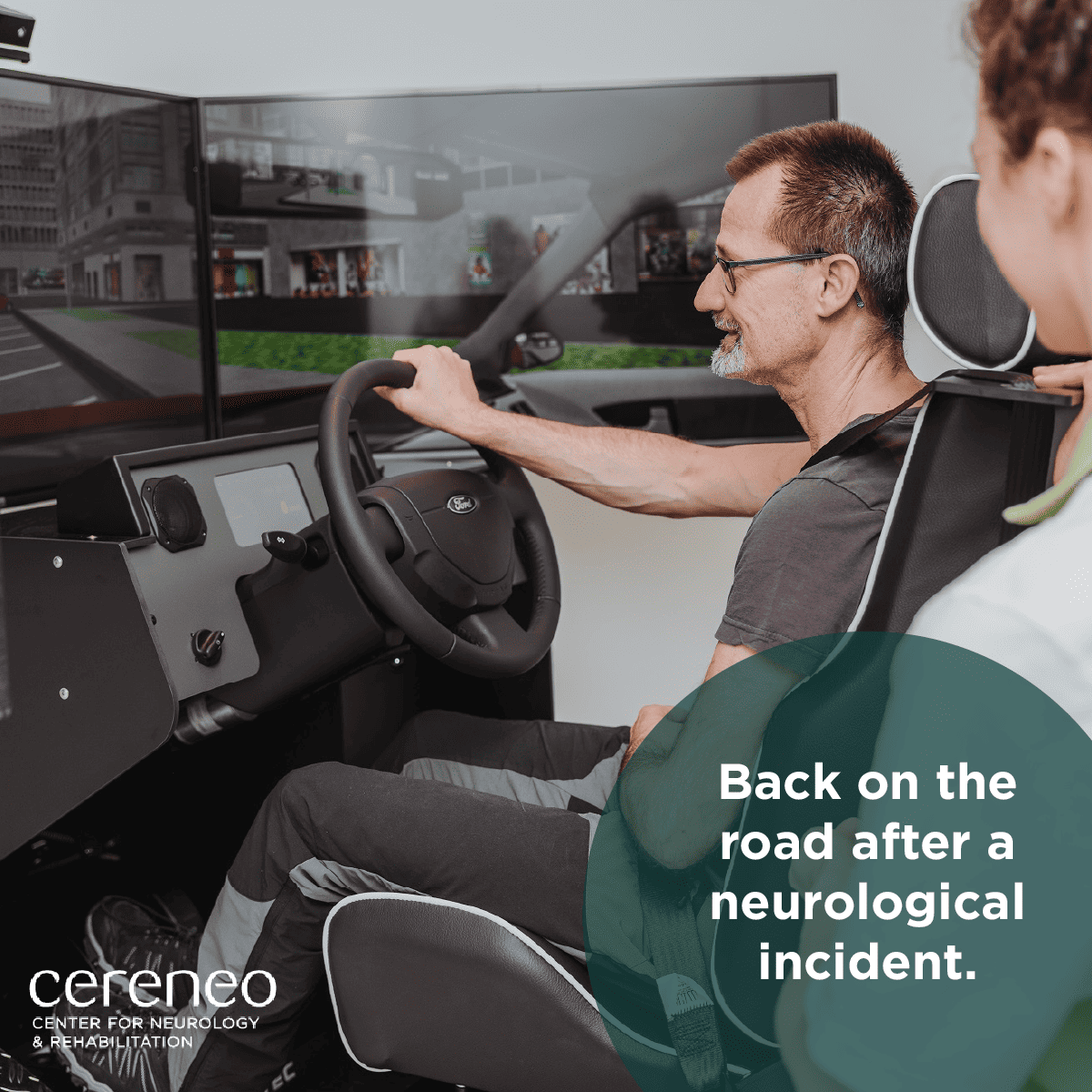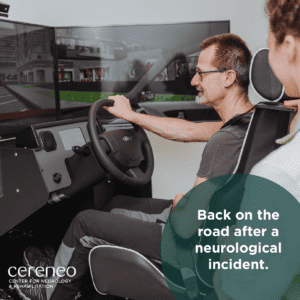Dr. Alejandro Melendez-Calderon, gave a talk about Robotics in Rehabilitation at the 5th European Stroke Organisation Conference (ESOC 2019), visited by more than 5,650 participants from over 100 countries and covering topics such as acute care, stroke rehabilitation and related themes.
A summary of his talk, you will find below.
The idea of using robots for physical medicine is not new; it has been around since at least the 1960s. However, back then, technology and our understanding of how humans control movements were not far enough to bring these devices to reality. We had to wait until the late 1990s and early 2000s to see the first attempts at testing the clinical efficiency of robotic rehabilitation devices. Since then, there has been a significant effort in evaluating the concept of robot-assisted therapy.
IS ROBOT-ASSISTED THERAPY EFFECTIVE?
There has been a lot of research in trying to answer this question. However, this is a fundamentally flawed question to ask. Robots, per se, are not an intervention – robots are tools. The concept of ‘robot-assisted therapy’ is vague. Take, for instance, the concept of robot-assisted upper limb training. This can be delivered in multiple ways, targeting one or multiple limb segments (shoulder, elbow, hand) individually, or at the same time. Additionally, the robot can also be programmed in very different ways. One robot could provide completion of the movement when the patient is not able to perform it, while another can exaggerate mistakes in the intended motion, thus creating a challenging environment. Thus, we cannot generalize the effects of robot-assisted therapy, as this can mean very different things. It is utterly important to understand the neuroscientific bases and context behind each approach, and how robotic technology is applied in a rehabilitation setup.
HOW CAN ROBOTS BE USED EFFICIENTLY?
An effective use of robots in the clinic, as with any other technological tool, relies on good clinical reasoning and proper understanding on how to adapt these machines to deliver the intended therapeutic goal. For instance, rehabilitation of walking function may be targeted at different levels such as activation of specific muscles, improvement of sensory interactions, postural stability, or cognitive-motor function. A robotic trainer (or even different robots) can then be adapted according to each specific component, such as training at fast or slow speeds to engage different neural/muscular components, generate perturbations that challenge the patient’s stability, or create dual-tasks such as walking while avoiding obstacles. What is important to realize is that even the same robot can be used in many ways. Robots are tools that can create a great variety of environments that can be suited to different kinds of problems; and, in many cases, robots may not even be needed to deliver an intended intervention.
Besides therapy, robots can, today, be used to create efficient settings at multiple levels. If used properly, robots can increase clinical staff efficiency -not by automation nor replacement of manual therapy- but by allowing healthcare professionals to manage multiple patients simultaneously while still creating personalized therapies for each of them. Such scenarios can also facilitate group or community settings. Robots also have the potential to increase therapy time, facilitating training opportunities when healthcare personnel are not directly available(e.g., weekends or during idle time); or enable tele-rehabilitation scenarios that give patients in remote communities access to healthcare.
The future is bright for robotics in stroke rehabilitation. Robotics are already impacting clinical practices and will continue to play a fundamental role in all facets of patient care. However, we must continue to optimize these devices for the maximum benefit of both patients and clinics. Thus, we should continue fostering transdisciplinary approaches to this topic for the technology to make a significant impact.










